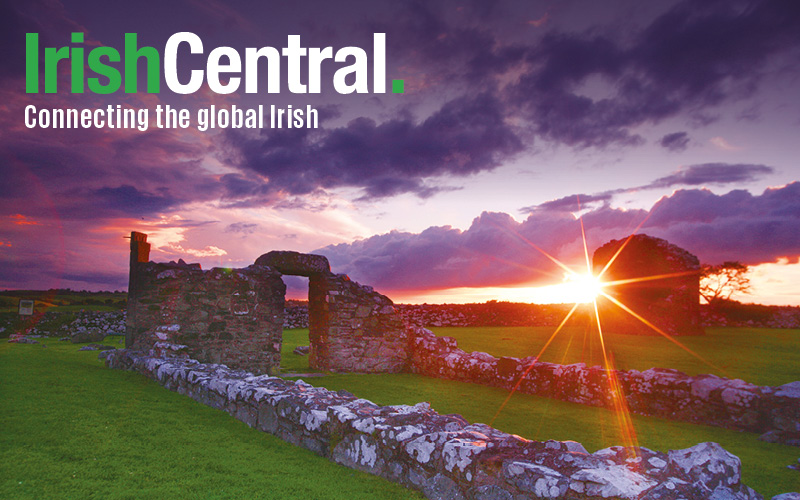Findmypast is working in partnership with IrishCentral to share fascinating insights into your Irish ancestors. Click here to get a special half price subscription, and discover your Irish roots today!
Findmypast's 240,000 new British Merchant Navy records, which have expanded the existing collection to number over three million, can help you find your seafaring ancestor wherever he came from in the English speaking world.
With significant numbers of men from Ireland, America, Canada, Australia and New Zealand you can really see the global scope of the Merchant Navy in the 19th Century and through to the mid-20th Century.
At the height of British Empire's expansion, British-registered ships travelled the well-worn trade routes that criss-crossed the globe. They brought British goods to the furthest colonies and exotic innovations from India and the Far East back to the eager market at home.
These merchant ships might have been owned by traders and even the odd profiteer, but together they made a powerful fleet that rivalled the Royal Navy for skilled personnel.
Merchant seamen also knew how to handle themselves. Life at sea could be dangerous. There was piracy, armed robbery, even raids from foreign ships. The crews of these ships might have had experience of what was essentially war at sea.
So it's hardly surprising that British naval forces eyed all those able-bodied seamen with great interest. There was an attempt to register all merchant seafarers in the 17th Century, so they could be used as a source of labour in times of conflict. That attempt failed, and it wasn't until the early 19th Century that Merchant Seamen were registered.
In 1835 the Merchant Shipping Act made it mandatory for individual ships to keep standard forms, known as the Articles of Agreement and the Crew List, which would be filled out for every seaman and then forwarded to the Registrar General of Shipping and Seamen. This registration continued until 1857 and was then dropped until the start of World War 1. This is the official registration you can search on Findmypast and they’ve just added more than 240,000 new records.
These are records that, like some military and criminal records, can do more than tell you your ancestor's date of birth and place of birth. The Articles of Agreement include a full physical description of each seaman: his height, the colour of his hair and eyes, his weight, and whether he had any distinguishing marks like scars, birthmarks or tattoos. In the later records you can even find their photograph and come face to face with your ancestor.
While life at sea could be hard, with long months at sea and all the dangers that such a voyage could bring, it was an attractive life for many young men. You got paid to see the world. Some signed up for a shorter term of service to get where they needed to go, perhaps even to get home. Certainly the records show people from all over Britain's Empire and the Commonwealth and crew from the countries along the trade routes.
In Britain, Merchant Navy 1835 – 1857, that first period of registration alone, you can find almost 150,000 Irishmen from across the 32 counties, almost 18,500 from the United States and Canada and over 1,600 from Australia and New Zealand. In the second period between the wars, which you can find in Britain, Merchant Navy 1918 – 1941, there are more than 40,000 Irish men and significant numbers from the United States and Canada and Australia and New Zealand.
There are also a significant number of crewmen from Scandinavian countries as well as the rest of Europe and even further afield with places of birth including Somaliland, Valparaiso in Chili and Aden in Arabia.
This truly international record set is fantastic for anyone with a sailor in the family and may even get to the bottom of one or two family mysteries. Do let us know if you find a great story.
For more stories on tracing your Irish heritage from Findmypast click here.




Comments